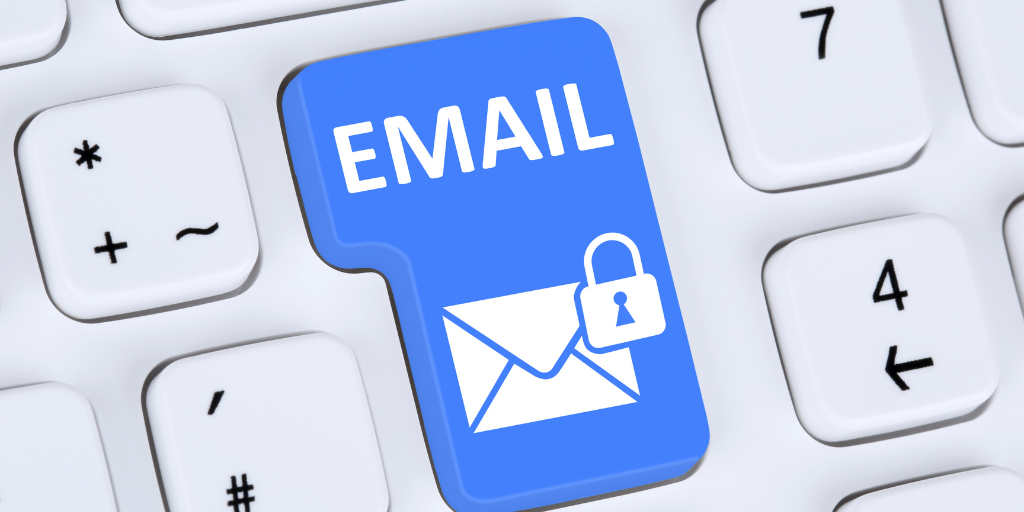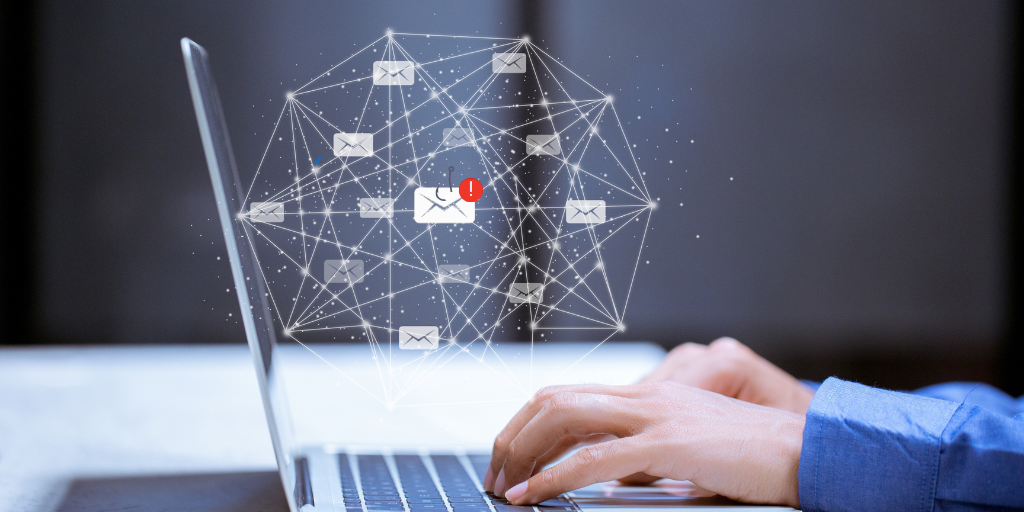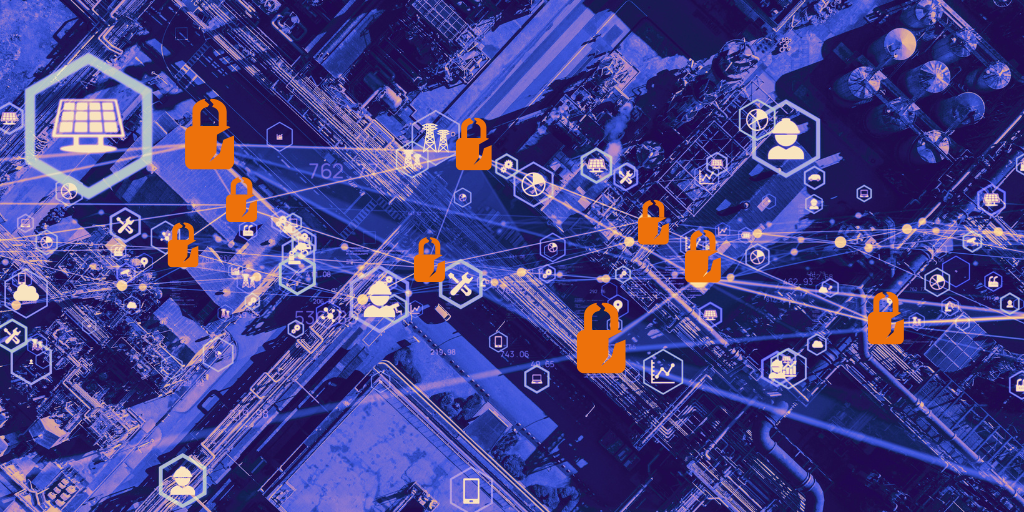Effective Email Tools to Combat Spam and Phishing
Discover how to safeguard your inbox with cutting-edge tools and strategies to combat spam and phishing.
2 min read
.jpeg) Michael Markulec
:
Apr 2, 2024 11:32:05 AM
Michael Markulec
:
Apr 2, 2024 11:32:05 AM

One of the most critical elements of a comprehensive cybersecurity plan for small to medium-sized businesses (SMBs) in today's digital environment is email security. The threat landscape constantly evolves, with cybercriminals employing sophisticated tactics to breach organizations' defenses. According to Trend Micro's 2023 Email Threat Landscape Report, phishing attacks have surged 29%, underscoring the pressing need for robust email security measures.
Phishing, once characterized by obvious scams, has now diversified into various forms, making it increasingly challenging for employees to discern legitimate communications from malicious ones. Spear phishing targets specific individuals within an organization, while whaling focuses on high-profile executives, and harpoon whaling employs detailed research to craft highly personalized attacks. Other variants include BEC, smishing, vishing, squishing, and angler phishing, each posing unique business risks.
Despite organizations recognizing the importance of safeguarding sensitive information, many need help to contain phishing attacks effectively. Traditional security measures often fall short, unable to accurately differentiate between benign and malicious emails, leading to increased vulnerability to cyber threats.
To defend against evolving phishing tactics and mitigate cyber risk, SMBs must adopt a layered approach to email security. This approach encompasses multiple security capabilities and technologies designed to thwart phishing attacks at various stages of the email lifecycle.
The first line of defense is the email gateway, which inspects incoming emails for malicious content. Modern gateways leverage advanced technologies such as artificial intelligence (AI), machine learning (ML), and behavioral analysis to enhance threat detection capabilities. For instance, authorship analysis compares email content to known writing styles, flagging anomalies indicative of impersonation attempts.
Cloud application security, facilitated by solutions like Cloud Application Security Brokers (CASBs), provides an additional layer of protection by scanning emails for malicious links and attachments. CASBs can extract harmful content from mailboxes and prevent compromised accounts from disseminating phishing messages internally.
Educating users is paramount in fostering an organization's security awareness culture. Rather than relying solely on restrictive policies, SMBs should implement interactive training programs and phishing simulations to empower employees to recognize and report suspicious emails effectively. Gamification and recognition of improvements can enhance engagement and reinforce good security practices.
Secure web gateways (SWGs) complement email security efforts by inspecting internet traffic for potential threats. SWGs employ image analysis and machine learning to identify fake websites, reducing the risk of employees falling victim to phishing scams initiated outside of email channels.
Integration with a unified cybersecurity platform streamlines security operations and enhances visibility across email and web environments. Extended detection and response (XDR) capabilities enable organizations to correlate data from multiple sources, facilitating early detection of suspicious activity and reducing the likelihood of a successful breach.
In conclusion, email security remains a cornerstone of SMBs' cybersecurity posture in the face of escalating phishing threats. By adopting a layered approach that combines advanced technologies, user education, and integrated security solutions, businesses can effectively mitigate cyber risks and safeguard sensitive information from malicious actors. As cyber threats evolve, proactive measures are essential to stay ahead of the curve and protect against potential breaches.

Discover how to safeguard your inbox with cutting-edge tools and strategies to combat spam and phishing.

In today's digital age, small businesses are increasingly vulnerable to sophisticated cyber threats, including supply chain attacks that exploit...
.png)
Discover how small and medium-sized businesses can fortify their digital defenses against the escalating wave of cyber threats.